
It’s been a while since my last update on my University of Georgia Self-Paced CFP class. I admit that other things have taken priority and I haven’t been keeping up. I’ve started back up and will go back to providing a very high overview of what they cover alongs with a few details I found especially unique or interesting. (They give you two years to finish, and I have about 5 months left, so time to get on it!)
The next major topic is Risk Management and Insurance Planning. Risk is defined as the possibility of loss. Risk management methods include reduction, avoidance, and transfer. Insurance is a way to transfer risk in exchange for money, although not all risk is insurable.
A lot of financial advice focuses on “offense”: maximizing income, minimizing expenses, and optimizing investments. But “defense” is just as important, as it includes protecting from loss of future income and loss of existing assets.
Three main categories of “Pure Risk” for individuals and families:
- Personal
- Property
- Liability
Social insurance from the government includes:
- Medicare
- Medicaid
- Unemployment Insurance
- FDIC (Federal Deposit Insurance Corporation)
- PBGC (Pension Benefit Guaranty Corporation)
- Fannie Mae
- Freddie Mac
- National Flood Insurance Program
- Social Security
Commercially-available insurance that can help protect you from these risks include:
- Property & Casualty Insurance
- Health Insurance
- Life Insurance
- Annuities
Types of personal liability insurance.
- Personal Auto Policy (PAP): For motor vehicle-related liabilities.
- Homeowners Policy: Covers bodily injury/property damage to others.
- Comprehensive Personal Liability (CPL) Policy: Standalone liability coverage.
- Umbrella Policy: Broad, high-limit policy supplementing existing coverages.
You may not need all of them individually, but some combination of these should work together to make sure there no holes. It’s also possible that you may have duplicate coverage or otherwise too much insurance.
Role of a financial planner.
- Help clients identify coverage gaps or excesses.
- Refer clients to qualified Property & Casualty (P&C) agents.
- Evaluate insurance as part of a broader financial plan.
Example questions that a financial planner would discuss with clients about homeowner’s coverage:
- Is my house insured for 100% of the cost to replace the building (“replacement cost”, as opposed to “actual cash value” which includes depreciation)? Does that amount increase with inflation? Does that include any recent improvements or additions to the home?
- If my house is unlivable for a period of time, where am I going to live and how can I afford it when I must continue making mortgage payments?
- What if a domestic employee, houseguest, landscaper, is injured on my property?
- Have I done a simple smartphone video walkthrough of my house to serve as a rough inventory?
- Do I wish to add optional coverage for flood and/or earth movement?
- Is all of my personal property adequately covered? Including any unique or valuable special items?
Photo by Matt Hudson on Unsplash

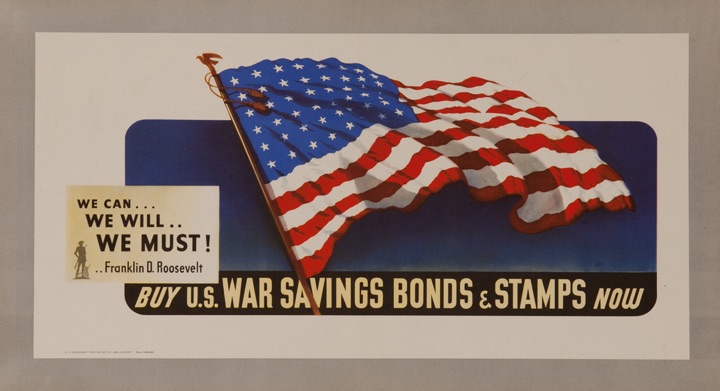
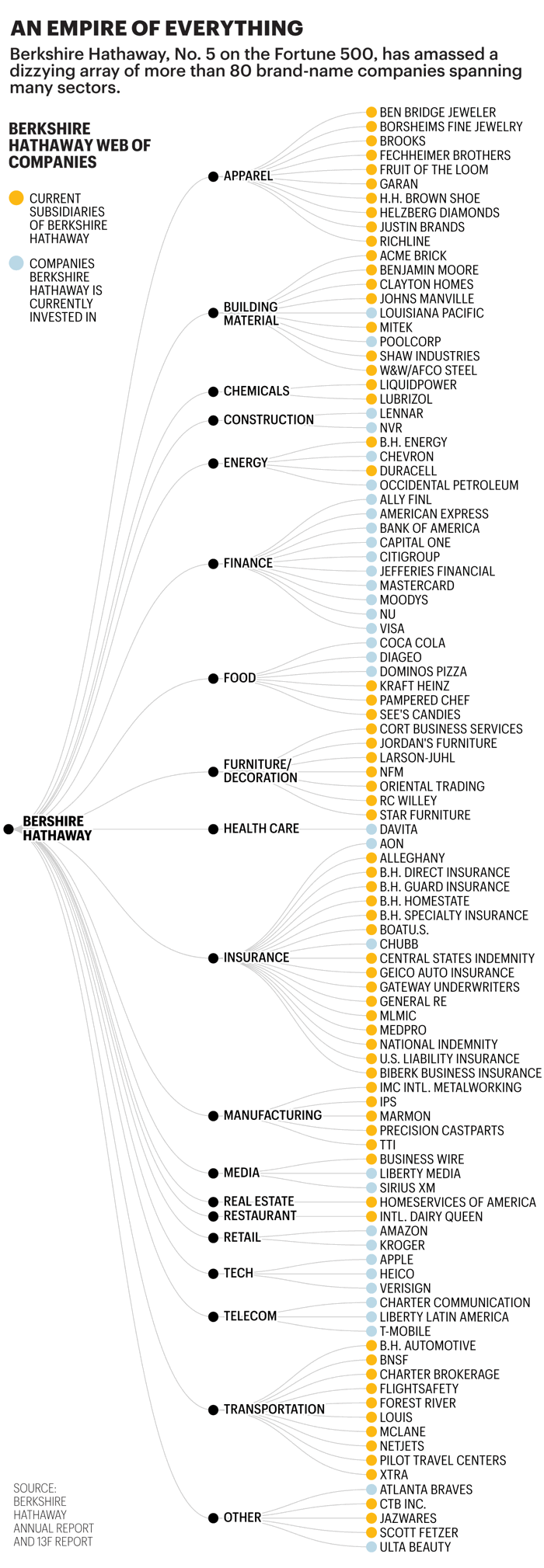

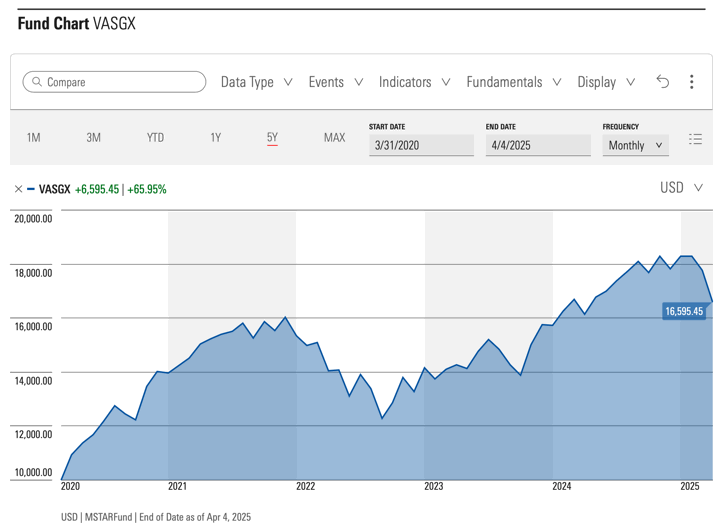

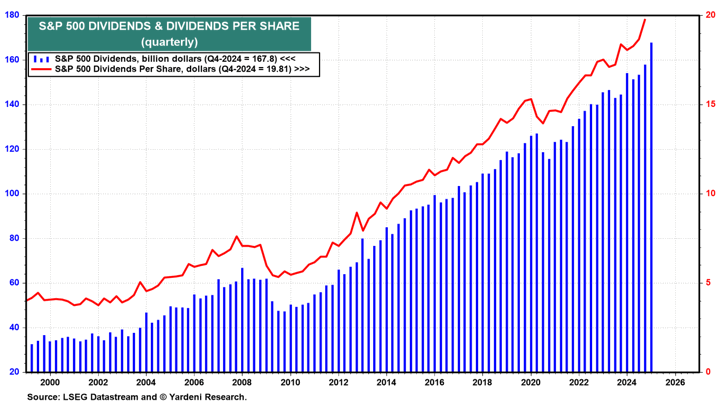

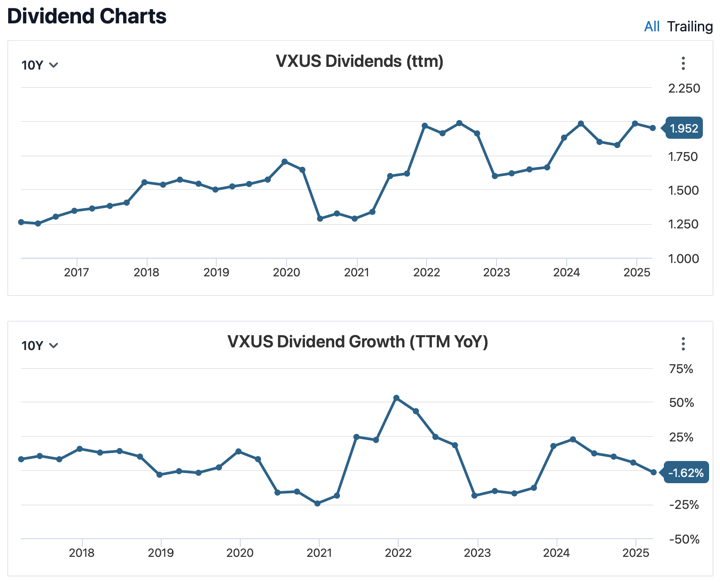
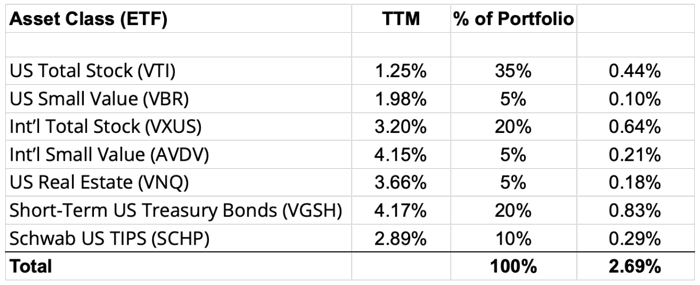
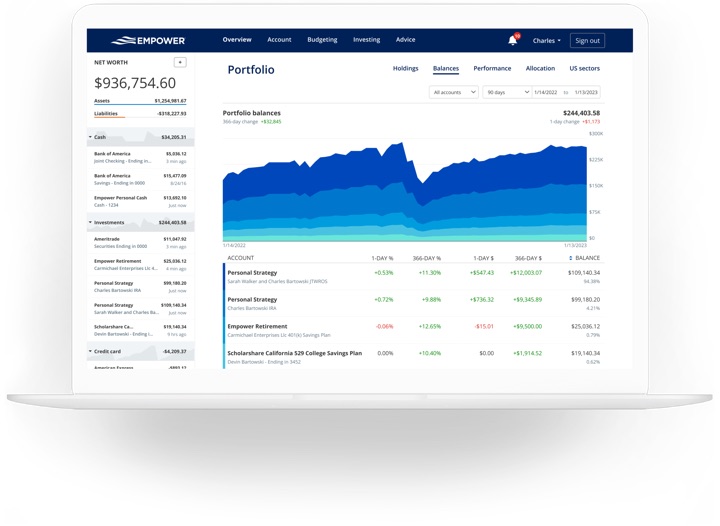
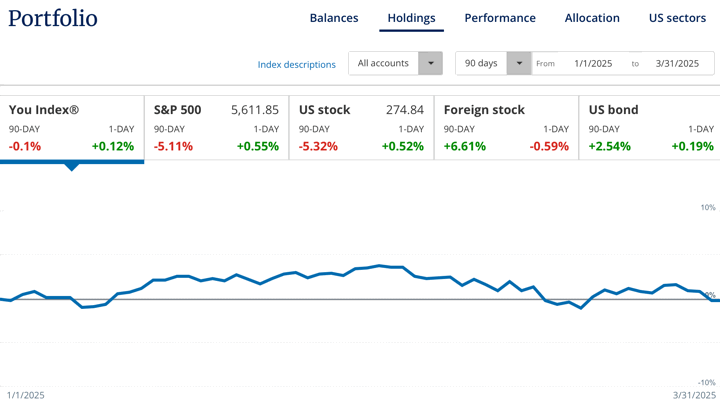

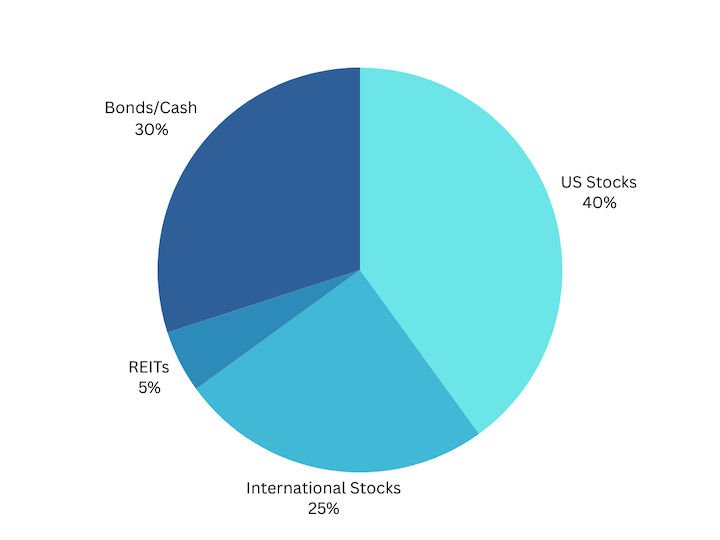
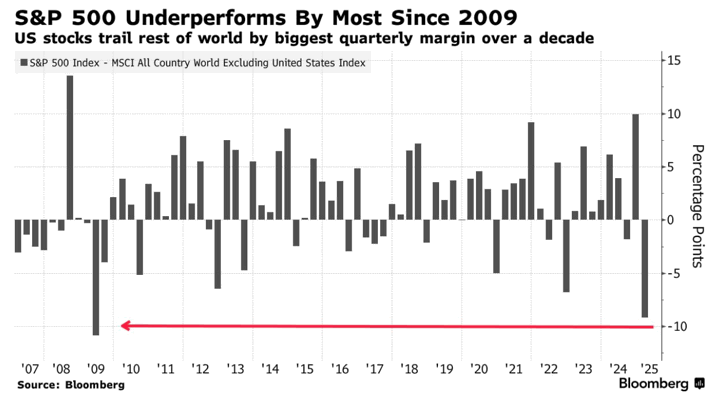
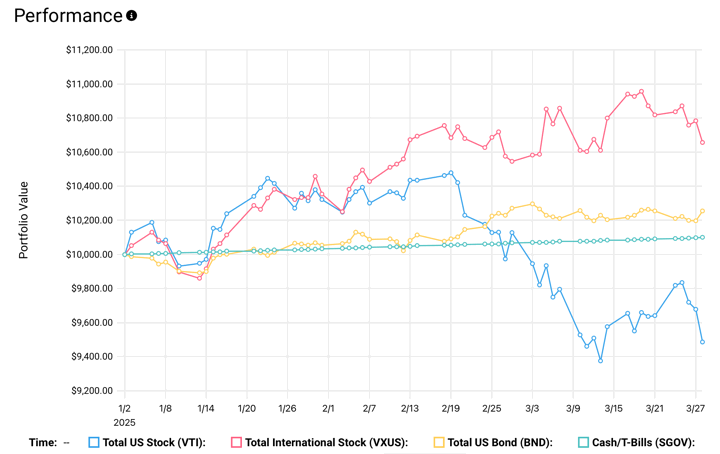

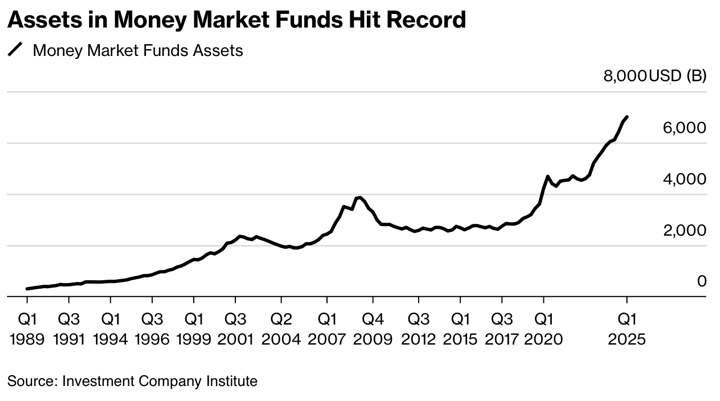

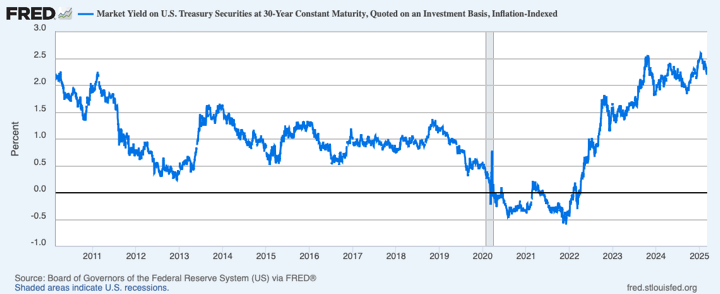
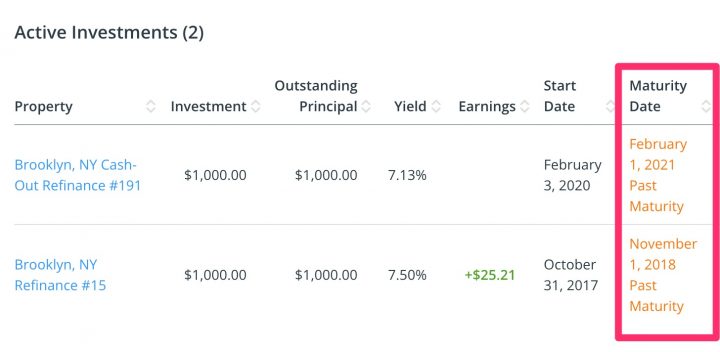
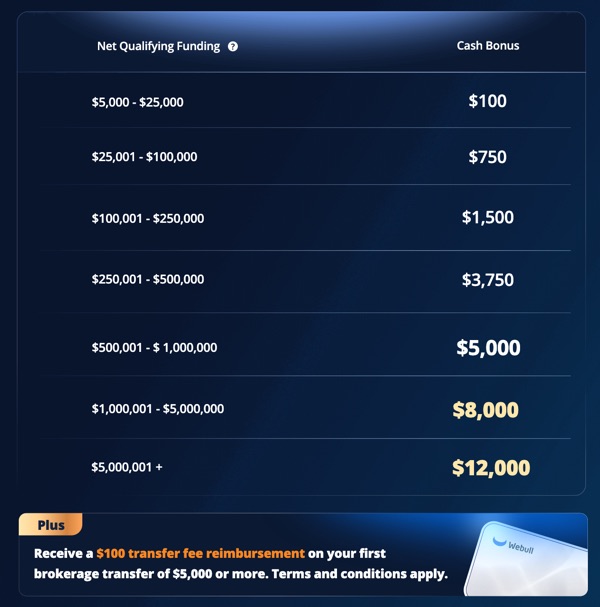
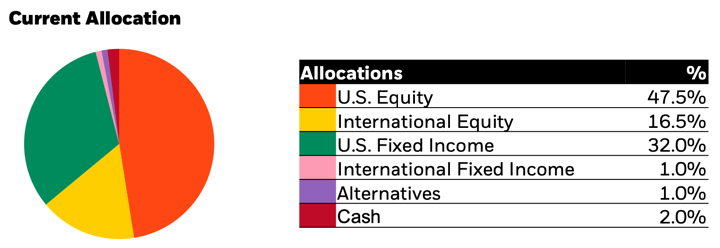
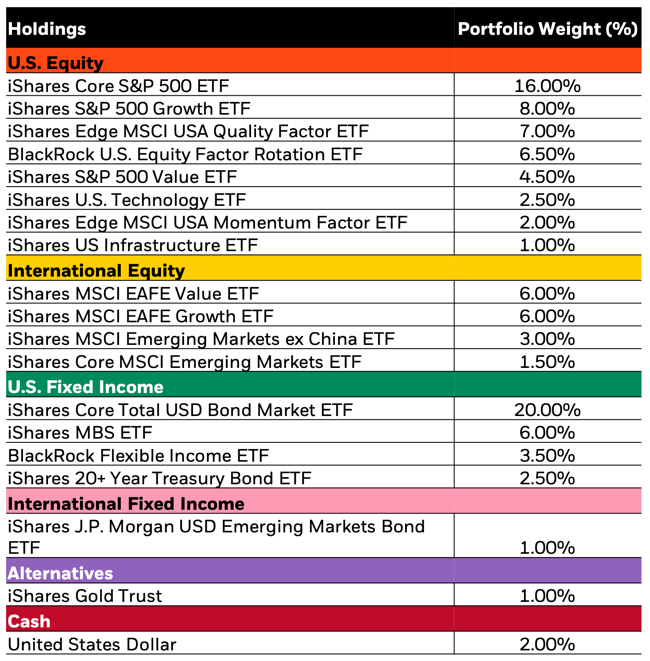

 The Best Credit Card Bonus Offers – 2025
The Best Credit Card Bonus Offers – 2025 Big List of Free Stocks from Brokerage Apps
Big List of Free Stocks from Brokerage Apps Best Interest Rates on Cash - 2025
Best Interest Rates on Cash - 2025 Free Credit Scores x 3 + Free Credit Monitoring
Free Credit Scores x 3 + Free Credit Monitoring Best No Fee 0% APR Balance Transfer Offers
Best No Fee 0% APR Balance Transfer Offers Little-Known Cellular Data Plans That Can Save Big Money
Little-Known Cellular Data Plans That Can Save Big Money How To Haggle Your Cable or Direct TV Bill
How To Haggle Your Cable or Direct TV Bill Big List of Free Consumer Data Reports (Credit, Rent, Work)
Big List of Free Consumer Data Reports (Credit, Rent, Work)